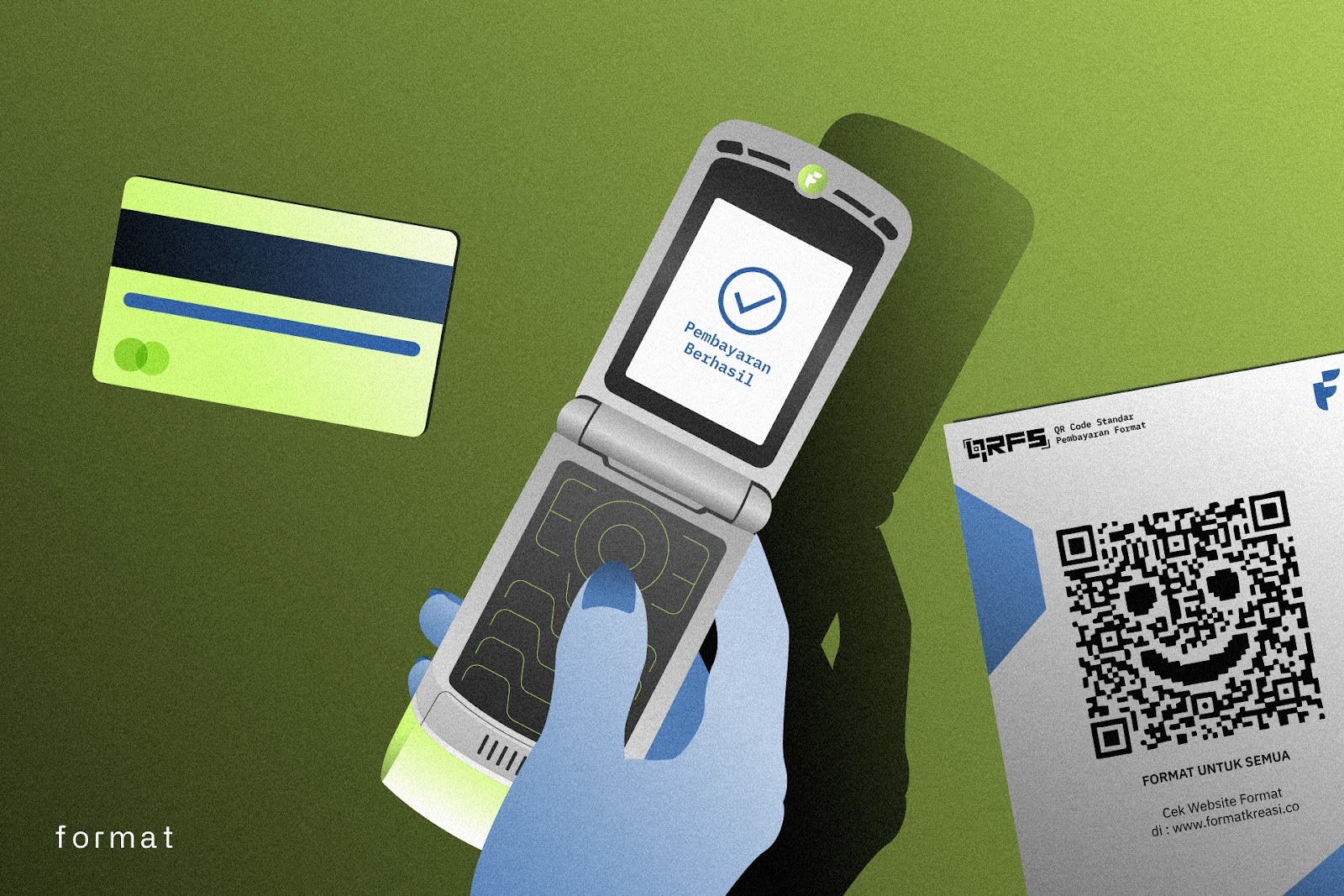Lately, you’ve probably noticed more people around you paying with their phones instead of cash. This trend isn’t just global– Indonesia is quickly catching up. The idea of a “cashless society” means using digital tools like mobile wallets and QR codes instead of physical money. But can we really say cashless is becoming the new normal here?
CURRENT STATE OF CASHLESS PAYMENTS IN INDONESIA
In cities like Jakarta and Surabaya, cashless payments are everywhere. Statistics show that in 2022, around 76% of Indonesians had access to financial services, and among urban folks, nearly 93% use mobile wallets or QR payments daily.
Popular apps like GoPay, OVO, Dana, and especially QRIS– the government-backed standard– have become part of daily life. I remember at a local warung in South Jakarta, even street vendors now accept QRIS payments, making it easier for everyone to pay without fumbling for change. That said, if you head to more remote areas like some villages in Sulawesi or Papua, the story is different. Internet access and digital literacy aren’t as widespread, so cash still plays a big role.
FACTORS DRIVING THE SHIFT TOWARD CASHLESS
What pushed this shift? The COVID-19 pandemic was a big wake-up-call– people wanted contactless payments for safety. The government stepped up with the National Non-Cash Movement and made QRIS the standardized method, so merchants and consumers feel more secure using them. Surrounding this, tech innovations like Indonesia’s pilot program for digital rupiah, biometric payments, and even offline ways to pay are paving the way for a smoother, faster transactions across the archipelago.
Still, it’s not all smooth sailing.
Not everyone’s ready to leave cash behind. Some elderly relatives I know prefer cash because smartphones and apps can be confusing, and many low-income communities worry about privacy or simply don’t have smartphones. Plus, rural internet coverage can be spotty. Even with all these advances, cash remains king in many markets and small stores.

FUTURE OUTLOOK OF CASHLESS PAYMENTS IN INDONESIA
Looking ahead, experts predict the cashless payment market will keep growing about 15% annually until 2025. The government’s vision is ambitious– they want Indonesia’s digital economy booming by 2030, with payment volumes soaring. New tech– like better fraud detection and offline payment options– will help bring more people into the digital fold.
CONCLUSION
So, is cashless really the new normal in Indonesia? For many urban Indonesians, definitely yes. Digital wallets and QRIS payments are woven into everyday life, making payments simpler and more inclusive. Yet, for others, cash is still the faster and simplest choice. As Indonesia moves forward, embracing digital payments thoughtfully will unlock new opportunities for everyone.
Indonesia’s journey toward cashless payments is just beginning, but it’s exciting to see how digital tools are opening doors to easier transactions and financial access. Whether you’re already using an app or still prefer cash, taking a closure look at cashless options can help you keep up with this fast-changing world.


